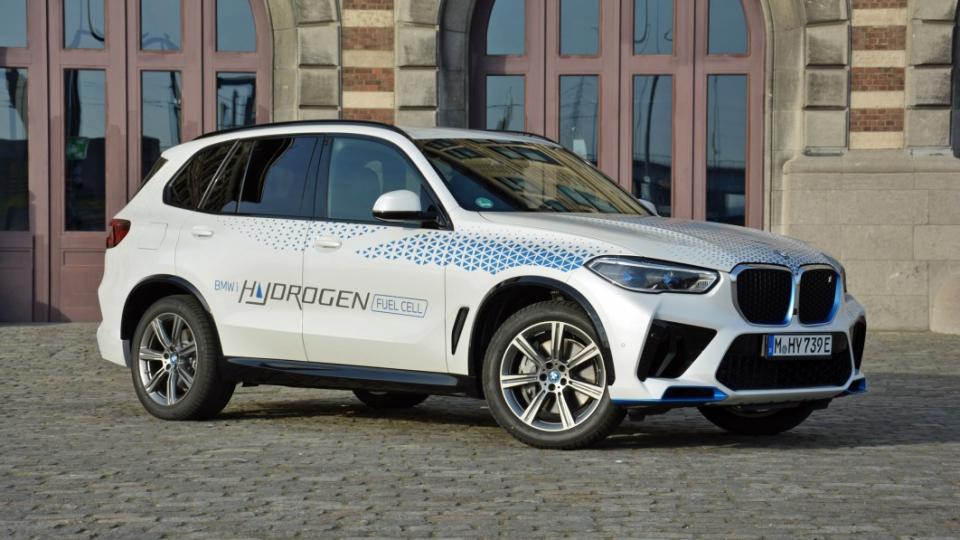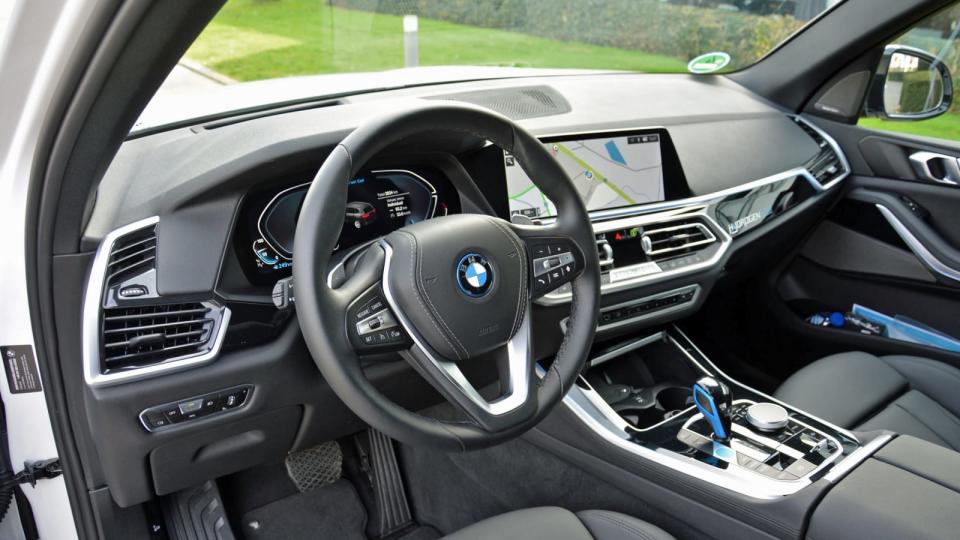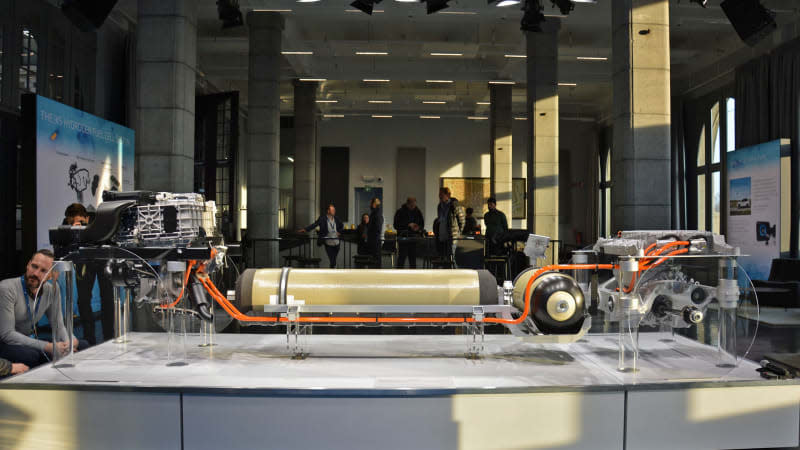2023 BMW iX5 Prototype First Drive Review: The future isn’t (battery) electric

ANTWERP, Belgium - “Range is going to be a problem forever in electric mobility – especially if you want to have affordable products,” BMW boss Oliver Zipse said. That’s a shockingly blunt statement from a firm with a growing lineup of EVs, but it explains why executives are leaving room in the range for hydrogen-powered cars.
On paper, it’s an argument that holds water: a hydrogen-electric car requires a much smaller battery pack than a comparable electric car, it offers the same amount of driving range regardless of the outside temperature, and it can be refueled as quickly as a gasoline-burning model. Zipse clarified that BMW isn’t developing hydrogen technology as a replacement for EVs; they’re two similar powertrain technologies that complement each other. Electricity is best suited to smaller cars, he noted, while hydrogen is better for bigger vehicles, especially those that regularly embark on long trips while towing something heavy.
Fair enough, but what does this mean in real life? BMW developed a hydrogen-electric, X5-based prototype called iX5 to find out, and I was one of the first people outside of the company to drive it.
BMW began experimenting with hydrogen technology well before most of its peers and rivals. In 2005, it released a 7 Series-based prototype called Hydrogen 7 that was fitted with a 256-horsepower, 6.0-liter V12 modified to burn hydrogen (it could also run on gasoline). It worked well, about 100 units were built and tested, but the project was shelved. One issue was efficiency; another was that the engine wasn’t 100% emissions-free.
“It’s still possible, there will be some manufacturers who do that, but we think it’s not the right strategy because we have EVs. If we didn’t have the electric cars we might think differently. The similarity of a fuel-cell vehicle to an electric vehicle is so close – much closer than to a gasoline-powered combustion engine – and that changed our opinion. That question is answered,” Zipse said.
In hindsight, the Hydrogen 7’s main contribution was showing BMW what not to do.
Over four years in the making, the iX5’s drivetrain is simultaneously complex and simple. It’s complex in the sense that the electricity that zaps the rear wheels into motion is generated onboard. It’s kind of like the wood gas-powered generators that were common across Europe in the aftermath of World War II, or like if BMW built a gasoline-powered X5 with a miniature oil refinery stuffed into the engine bay.
With that said, you don’t need a master’s degree in chemistry to understand how it works. Gaseous hydrogen enters the two, 700-bar tanks via a filler integrated into the passenger-side quarter panel, in the same place where you find the fuel filler in a gasoline-burning X5. From there, it goes to the fuel cell under the hood where it reacts with oxygen from the air to create electricity. The water vapor emitted by this process gets released into the atmosphere, while the electricity generated travels through thick, orange wires to a roughly 2-kWh lithium-ion battery pack mounted under the trunk floor, right over the electric motor.
The fuel cells come from Toyota, with whom BMW has a partnership (it's not just the Supra and Z4, you know), and the motor is sourced from the iX. That’s the gist of it. Of course, this process relies on hundreds of smaller components including an air filter, a compressor, a high-voltage coolant pump, a humidifier with an air cooler and a control unit. It’s too early to predict the drivetrain’s reliability and longevity, but BMW already warned that parts like the storage tanks will need to be replaced after 15 years – it’s a legal requirement in numerous countries.
BMW pegs the system’s total output at 401 horsepower, and the roughly 5,500-pound iX5’s driving range checks in at up to 313 miles when tested on the WLTP cycle used in Europe. Hitting 60 mph from a stop takes around 6 seconds. It doesn’t take a great deal of powertrain wizardry to achieve these figures with a battery-electric drivetrain, and a 10-year-old V8 can easily post the same numbers, but the main selling point here is that filling the tanks with around 13 pounds of hydrogen (that’s the maximum they can carry) takes three to four minutes. It’s not faster or slower than filling up a tank with gasoline.

Promising? Certainly, but the iX5 isn’t ready for prime time and neither is its powertrain. BMW stresses it’s a prototype built exclusively to test the technology in real-world conditions. This partly explains why the iX5 is rear-wheel-drive. As it stands, there’s not enough space under the hood to add the second electric motor required for all-wheel-drive, though I’m told this is on the engineering team’s to-do list.
Jürgen Guldner, the hydrogen program’s general manager, told me that iX5 production will be limited to under 100 units. Some will be used as demonstrators – BMW notably needs to convince lawmakers that hydrogen is a viable alternative to electric technology – while others will be loaned to a handful of real-world motorists.

 Yahoo Autos
Yahoo Autos 

